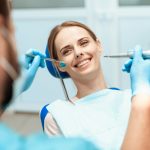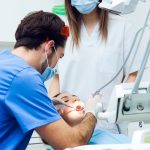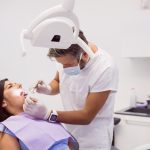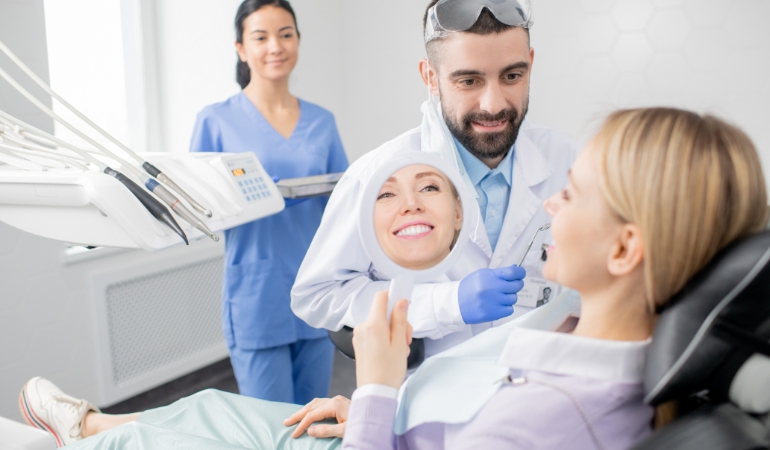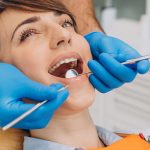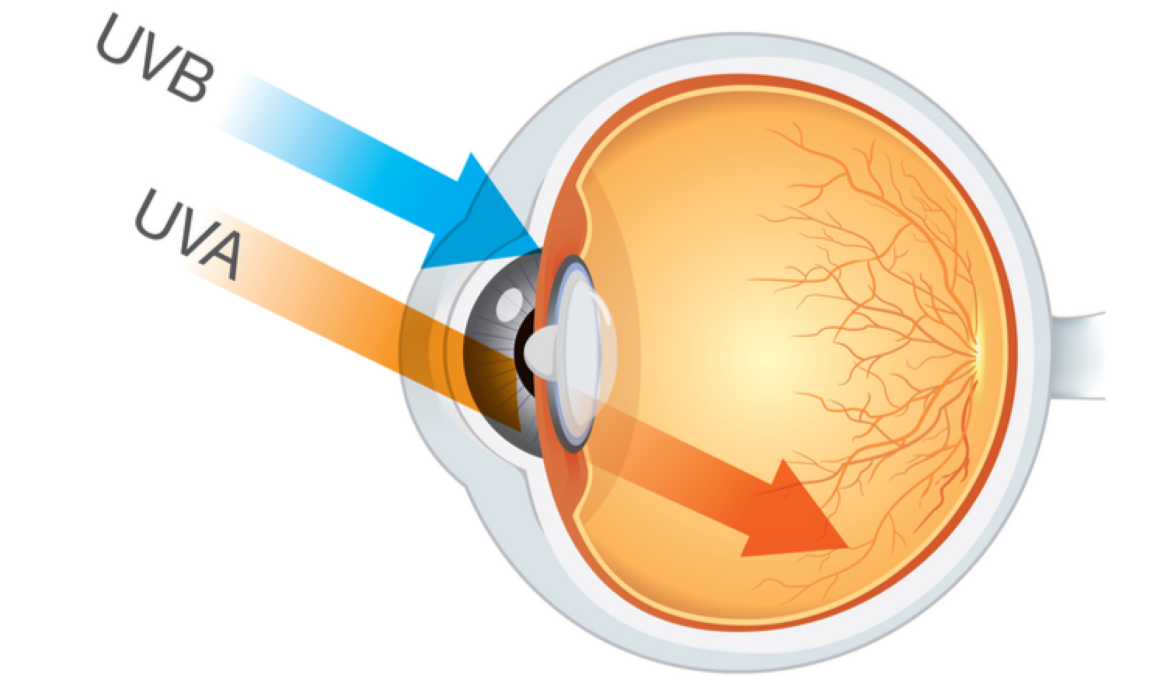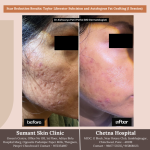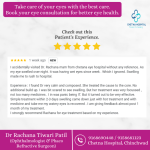When we think about the sun, we often focus on how it affects our skin. After all, we’re all familiar with the dangers of sunburns and the long-term effects of UV exposure, such as premature aging and skin cancer. However, one important aspect of sun exposure that’s often overlooked is its impact on our eyes. Just like the skin, our eyes are highly vulnerable to ultraviolet (UV) radiation, and the damage can be severe if not properly protected. In this blog, we’ll dive into how UV rays affect your eyes, the risks involved, and how you can protect your vision.
What Are UV Rays?
Ultraviolet (UV) rays are a form of light energy that comes from the sun, and they are invisible to the naked eye. UV rays are divided into three types: UVA, UVB, and UVC.
- UVA rays are the longest wavelength and make up the majority of the UV radiation reaching the Earth’s surface. These rays can penetrate deeper layers of the skin and eyes.
- UVB rays are more energetic and are responsible for causing sunburn. While they don’t penetrate as deeply as UVA rays, they have a significant effect on the surface layers of the skin and eyes.
- UVC rays are the most dangerous type of UV radiation, but fortunately, they don’t reach Earth’s surface as they are absorbed by the ozone layer.
Even though UVB rays are the most harmful, both UVA and UVB rays can cause significant damage to the eyes over time.
How UV Rays Affect Your Eyes
UV rays can cause both short-term and long-term damage to the eyes. While the short-term effects may be noticeable right away, the long-term effects can develop gradually, often without visible signs until they become more severe. Let’s take a closer look at both:
Short-term Effects
- Photokeratitis (Sunburn of the Eye): Just like your skin, your eyes can get sunburned, a condition known as photokeratitis. This occurs when the surface of your eye (the cornea) is exposed to intense UV rays. Symptoms of photokeratitis include:
- Redness
- Pain or a gritty feeling in the eyes
- Sensitivity to light
- Blurry vision
- Tearing or watery eyes
Photokeratitis is typically temporary, but it can be very painful and disorienting. It can occur after just a few hours of exposure to intense UV rays, such as on a bright, sunny day at the beach or skiing in the snow.
Long-term Effects
- Cataracts: Cataracts occur when the lens of the eye becomes cloudy, resulting in blurred vision. Long-term exposure to UV radiation is one of the major risk factors for developing cataracts. The UV rays cause oxidative stress that accelerates the aging of the lens, leading to its cloudiness and eventual vision impairment. Cataracts can significantly affect a person’s quality of life and may require surgical intervention to restore vision.
- Macular Degeneration: The macula is the central part of the retina responsible for sharp, detailed vision. Prolonged exposure to UV rays can lead to macular degeneration, a condition that damages the macula and impairs central vision. This condition is particularly concerning for older adults, as it is one of the leading causes of irreversible vision loss in people over the age of 60.
- Pterygium: Pterygium is a benign growth of tissue on the white part of the eye, often caused by chronic UV exposure. This growth can cause irritation, redness, and even vision problems if it progresses over time. While pterygium is not cancerous, it can interfere with vision and may require surgical removal if it becomes large or causes discomfort.
- Skin Cancer Around the Eyes: The delicate skin around the eyes is highly susceptible to UV damage. Over time, exposure to UV radiation can increase the risk of developing skin cancer in the eye area, including basal cell carcinoma, squamous cell carcinoma, and melanoma. This type of cancer can affect both the skin and the tissues surrounding the eyes, leading to severe consequences if not detected and treated early.
- Photochemical Damage: UV rays can also cause photochemical damage to the retina, the light-sensitive tissue at the back of the eye. This type of damage may increase the risk of developing serious conditions like retinal detachment, diabetic retinopathy, and even blindness over time.
Who Is at Risk?
While UV radiation can affect everyone, certain individuals are more at risk of UV-related eye damage:
- Children: Their eyes are more sensitive to UV radiation because the lenses in their eyes are clearer than in adults, allowing more UV rays to penetrate the eye. In fact, a significant amount of UV exposure occurs before the age of 18, which is why protecting children’s eyes is critical.
- Outdoor Workers or Athletes: People who spend long hours outdoors, such as construction workers, farmers, athletes, or hikers, are at greater risk of prolonged UV exposure.
- People with Light-colored Eyes: Those with lighter eye colors (blue, green, or gray) tend to have less pigment in their eyes, making them more sensitive to UV rays.
- People with Existing Eye Conditions: Individuals with conditions like cataracts or macular degeneration may be more vulnerable to the harmful effects of UV radiation.
How to Protect Your Eyes from UV Rays
Now that we understand the dangers of UV rays, the next step is to know how to protect our eyes. Here are some essential tips for safeguarding your vision:
- Wear UV-Protective Sunglasses: The most effective way to protect your eyes from harmful UV rays is to wear sunglasses that block 100% of UVA and UVB rays. Polarized lenses can reduce glare, making it easier to see in bright conditions.
- Use a Hat or Visor: Wearing a wide-brimmed hat or visor can provide additional protection by shading your eyes from direct sunlight, especially when you’re outdoors for extended periods.
- Limit Exposure During Peak Hours: The sun’s rays are the strongest between 10 AM and 4 PM. If possible, avoid prolonged exposure to sunlight during these peak hours.
- Wear UV-Protective Contact Lenses: Some contact lenses offer UV protection in addition to their vision correction. However, they shouldn’t be a substitute for sunglasses, as they don’t protect the entire eye.
- Use Sunscreen Around the Eyes: Apply sunscreen to the areas around your eyes, as this skin is particularly sensitive to UV rays. Be careful to choose products that are safe for the delicate eye area.
- Get Regular Eye Check-ups: Regular eye exams can help detect UV-related eye damage early. Your optometrist or ophthalmologist will check for signs of cataracts, macular degeneration, and other conditions related to UV exposure.
Conclusion
UV rays are a significant threat to our eye health, but the good news is that they’re largely preventable. By taking simple steps like wearing sunglasses, limiting sun exposure, and using UV-protective lenses, you can protect your eyes from the harmful effects of the sun. Remember, the damage caused by UV rays can accumulate over time, so it’s essential to protect your eyes today to preserve your vision for the future.
At the end of the day, your eyes are invaluable, and taking proactive measures to protect them is crucial. Whether you’re outdoors for fun or work, always make sure your eyes are shielded from harmful UV radiation. If you’re unsure about your eye health or need guidance on UV protection, don’t hesitate to consult with an eye care professional. Your vision is worth it!
